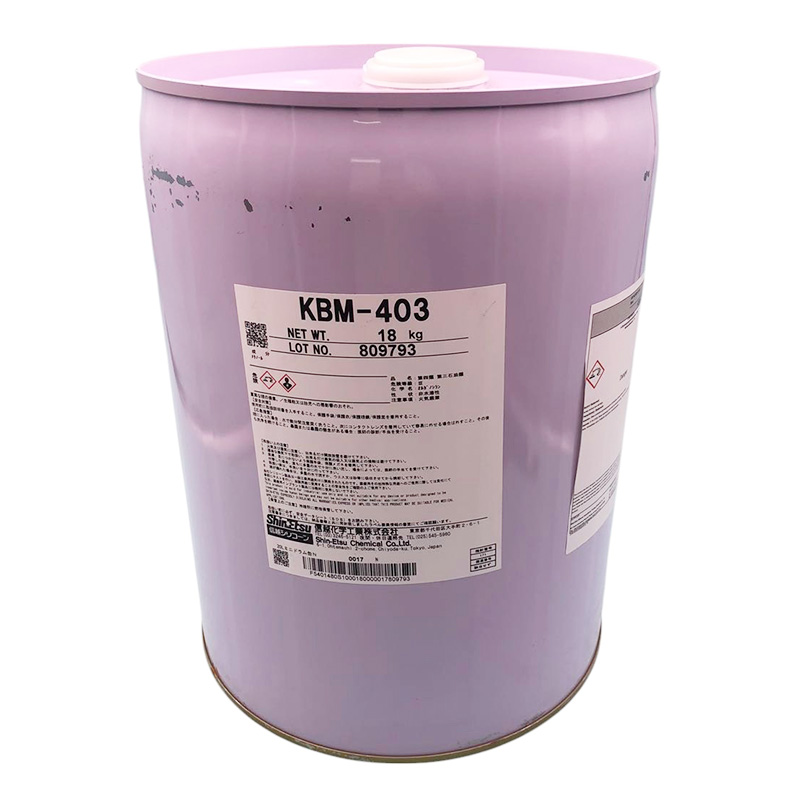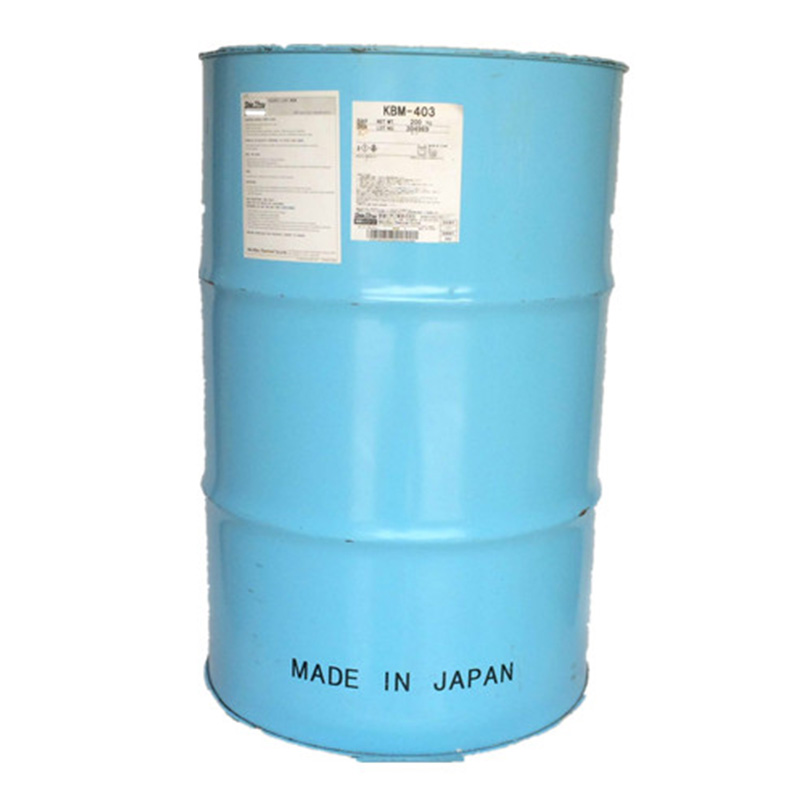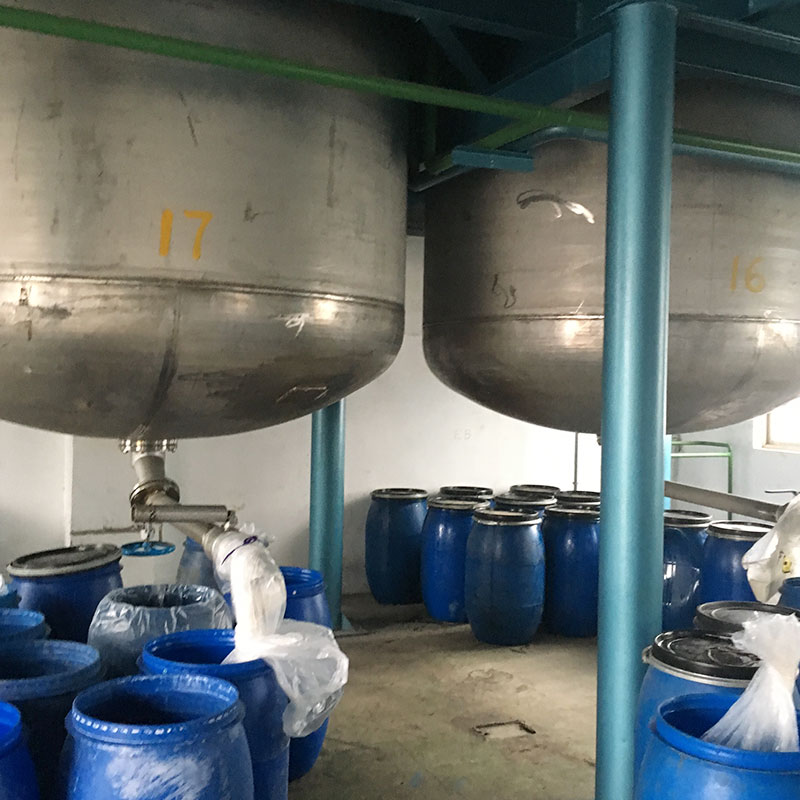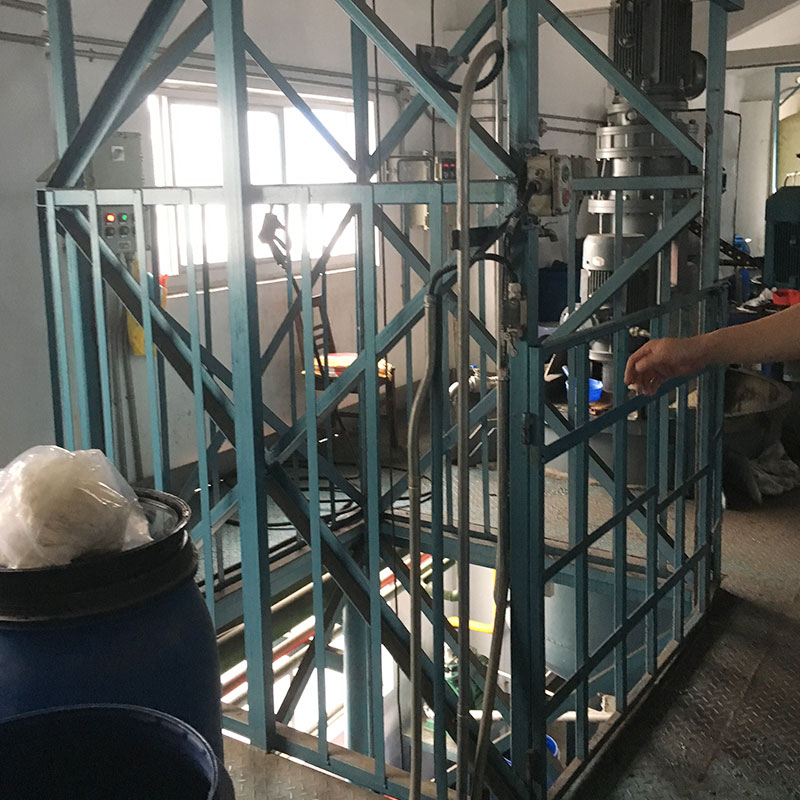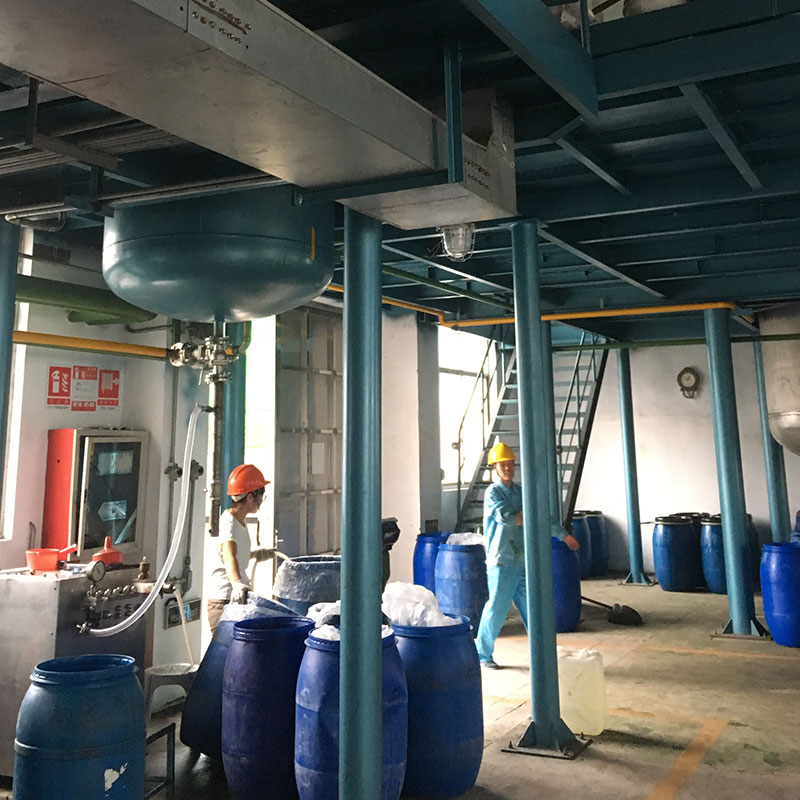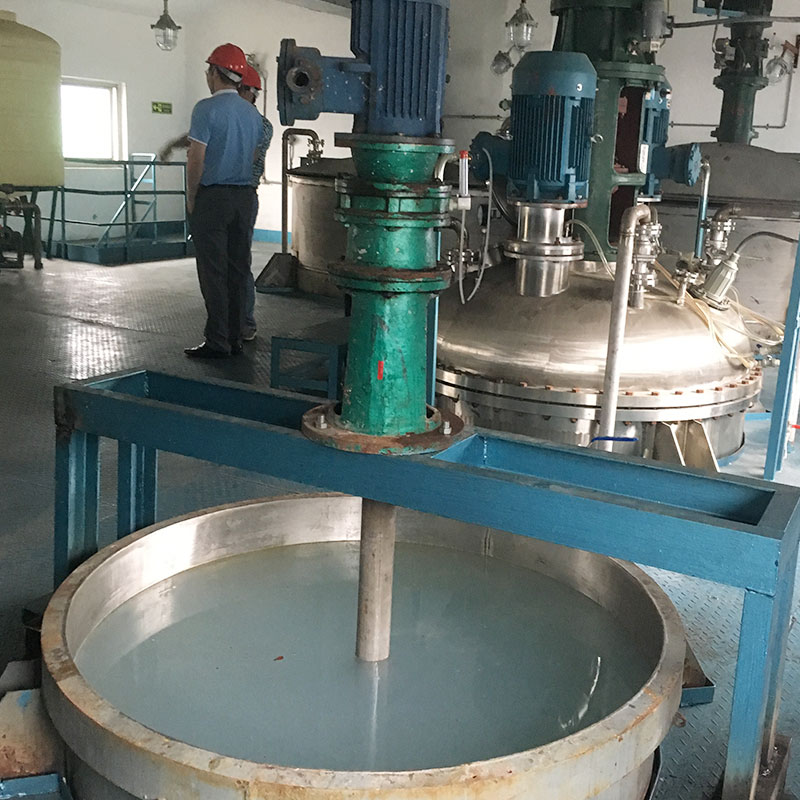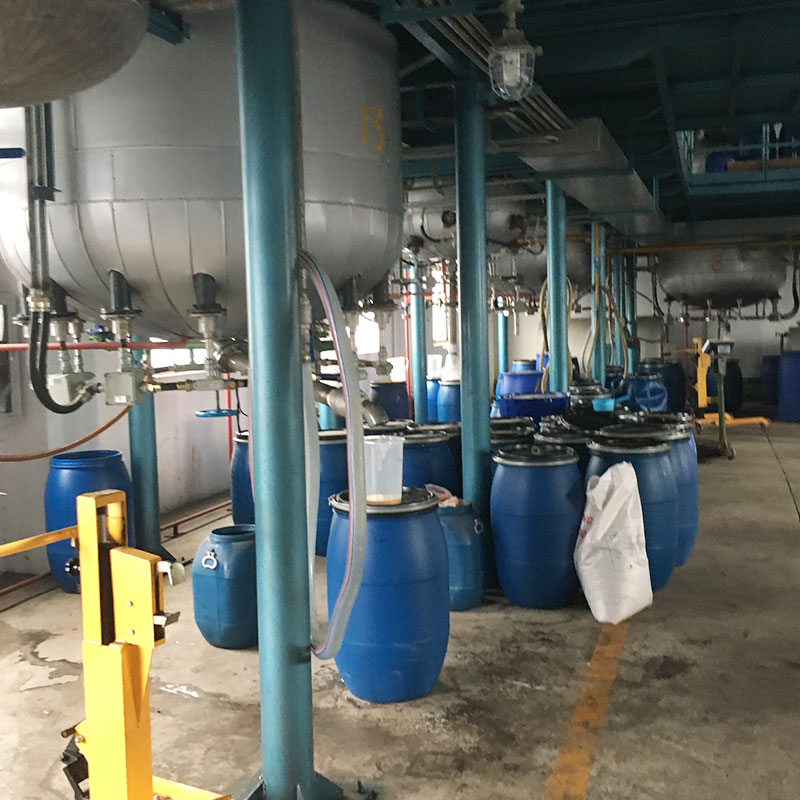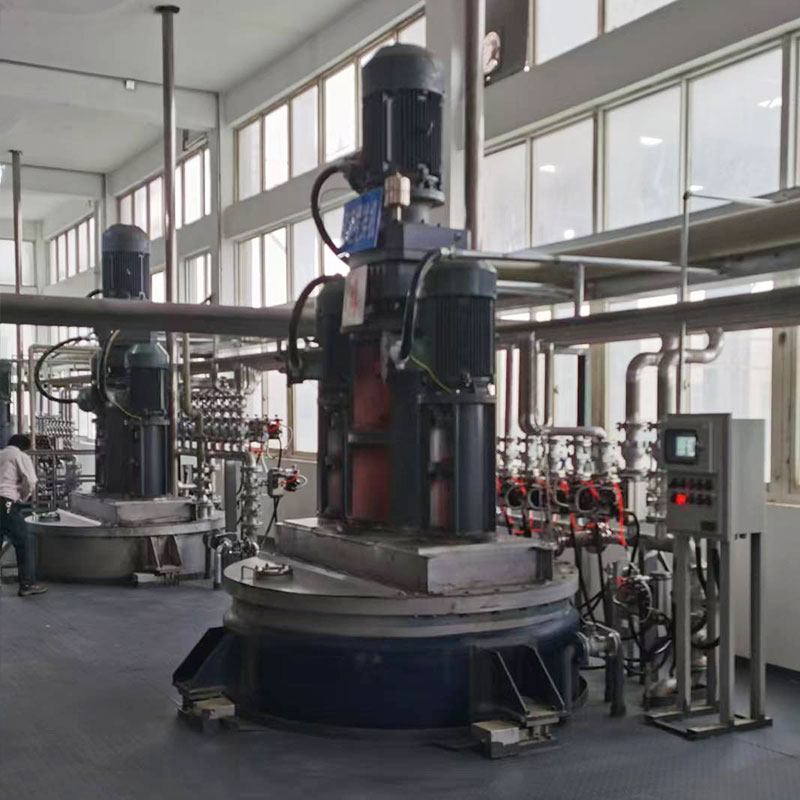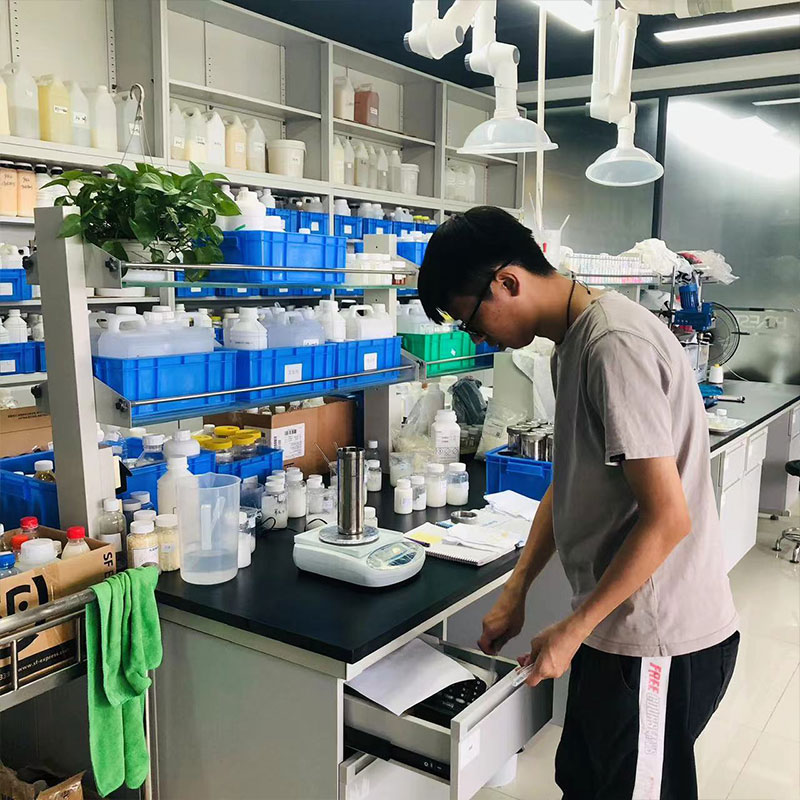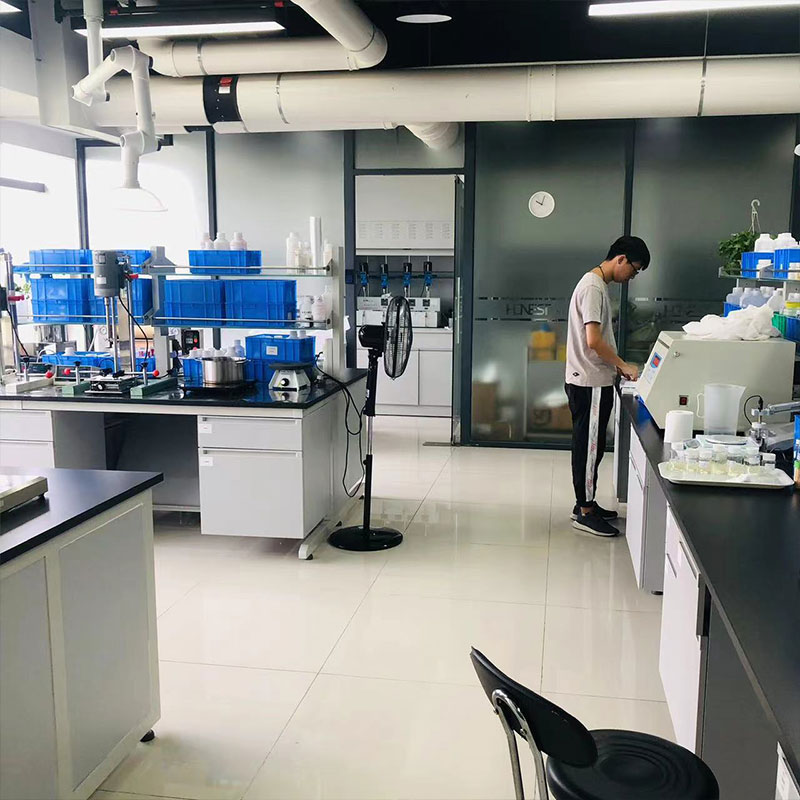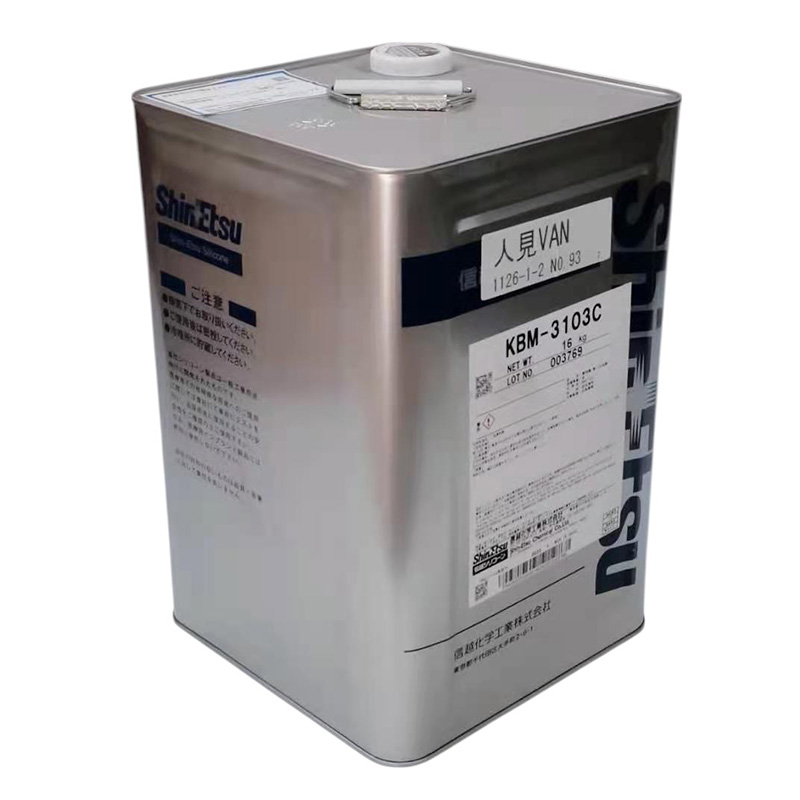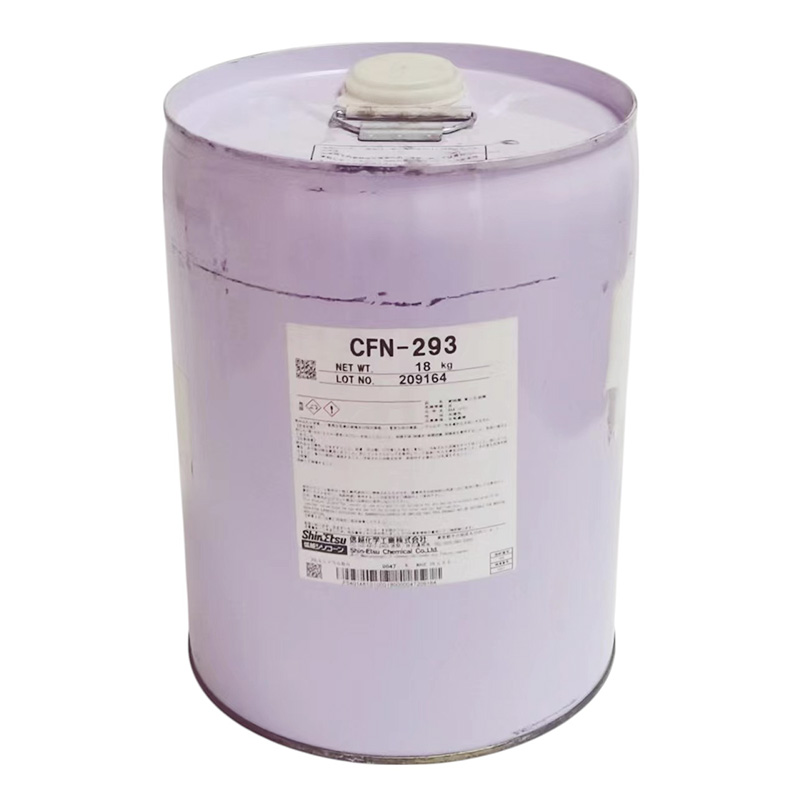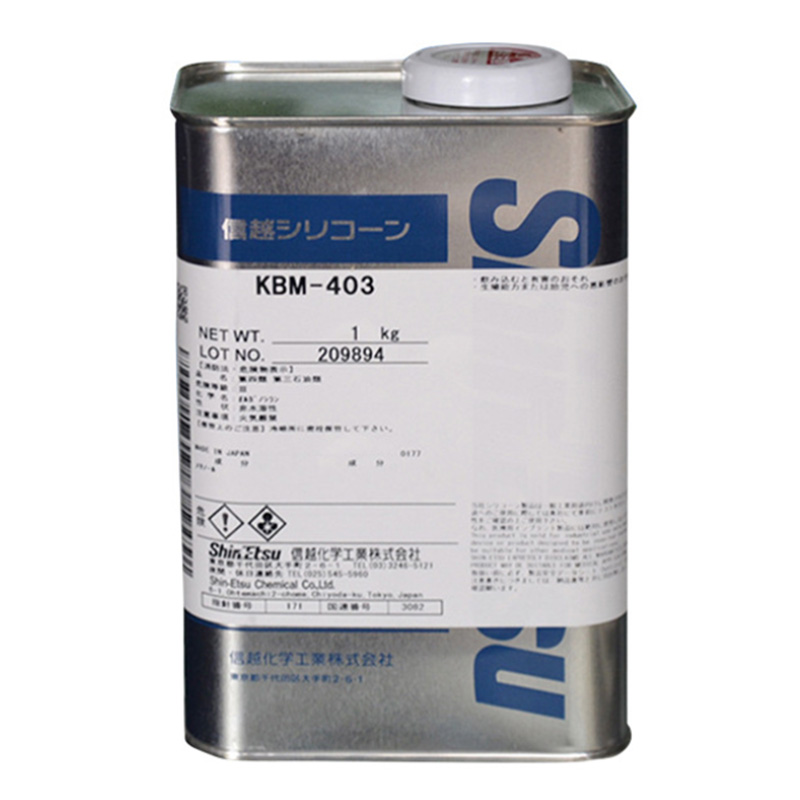
ShinEtsu KBM-403 - Epoxy Silane Coupling Agent for Coating And Electronics
-
+852 9408 1652 WhatsApp
-
info@innosiltech.com Email
KBM-403 is an epoxy-functionalized silane coupling agent composed of 3-glycidyloxypropyltrimethoxysilane. It is a transparent liquid. It effectively improves the interfacial bonding between organic and inorganic materials and is widely used as a highly effective adhesion promoter in various surface treatment applications. It exhibits excellent dispersibility and wettability and is compatible with a variety of thermoplastic and thermosetting resins and rubber materials.
products parameters
| Composition: | 3-Glycidoxypropyl Trimethoxysilane |
| Appearance: | Clear Transparent Liquid |
| Specific Gravity: | Approximately 1.07 At 25 °C |
| Boiling Point: | 290°C |
| Refractive Index: | 1.427 |
| Packaging: | 1kg ,18kg And 200kg |
key features
Heat Resistance - KBM-403 has a boiling point of 290°C and remains stable in high-temperature environments without easily decomposing. Thermogravimetric analysis shows that its weight retention exceeds 95% at 250°C, significantly higher than that of common ethoxysilane products.
Weather Resistance - KBM-403 maintains its coupling activity under UV light and high humidity. Accelerated aging tests show that after 1000 hours of UV aging, the interfacial bond strength between the substrate and the resin remains over 85%. The methoxy groups in its molecular structure quickly form chemical bonds with inorganic surfaces, enhancing weathering stability and reducing interfacial degradation.
Water Resistance - KBM-403 has a specific gravity of 1.07 g/cm³ and maintains low solubility in water. Test results show that after 500 hours of exposure to 95% relative humidity, its bond strength with epoxy resin decreases by less than 10%.
Resin Reinforcement - KBM-403 significantly improves the durability of resins. Epoxy resins incorporating 2% KBM-403 experience a tensile strength increase of over 20% and an impact resistance increase of 15%. Its epoxy functional groups react with reactive groups in the resin, forming strong chemical crosslinks and enhancing overall mechanical properties and stability.
Reactivity - The methoxy groups in KBM-403 react more rapidly than ethoxysilanes, completing condensation reactions with inorganic surfaces at room temperature. Experimental data demonstrates an approximately 30% increase in reaction rate, shortening the time required for interface preparation.
Broad Compatibility - The epoxy functional groups in KBM-403 are highly adaptable, forming chemical bonds with a wide range of thermoplastic and thermosetting resins, as well as rubbers. Field testing demonstrates excellent compatibility with polyester, polyurethane, nitrile rubber, and silicone rubber systems.
Electronics Industry - KBM-403 is widely used in electronic device packaging and circuit board processing. Due to its insulating and moisture-resistant properties, adding KBM-403 to packaging materials significantly improves interfacial adhesion and reduces the risk of delamination during thermal cycling. Experimental data shows that after 500 cycles of high-temperature cycling from -40°C to 150°C, interfacial bonding strength retention exceeds 90%, effectively ensuring the long-term reliability of electronic devices.
Construction Industry - In architectural coatings and sealants, KBM-403 improves the adhesion between organic resins and inorganic substrates such as concrete, glass, and metal. The addition of KBM-403 enables exterior wall coatings to maintain excellent adhesion after 2000 hours of salt spray testing, with no noticeable peeling or cracking. This performance effectively enhances the durability and environmental corrosion resistance of building materials.
Coatings Industry - In industrial coatings and protective coatings, the epoxy functional groups of KBM-403 cross-link with the resin, significantly improving the adhesion and chemical resistance of the coating film. Experimental data shows that epoxy coatings containing KBM-403 experience less than a 5% loss in adhesion after 72 hours of exposure to strong acid and alkali solutions, making it an ideal choice for industrial anti-corrosion coatings requiring long-term protection.



